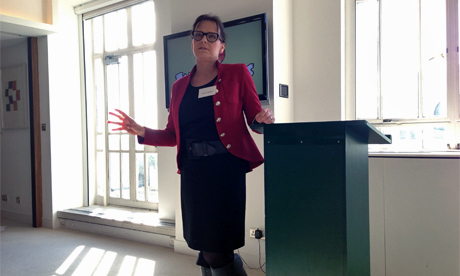If you will traveled , How did you know real place that you will traveled ? For I , I use Google Maps-Street view.
In Google Maps-Street view . It can explain about Environment , people and everything in place that you want to travel.
Example : I want to travel at Japan.
Open wepsite of Google Maps-Street view
Mount Fuji
Ex.picture
Nijo-jo Castle
Ex.picture
Adachi Museum of Art
Ex.picture
Historic Villages of Shirakawa-go
Ex.picture







